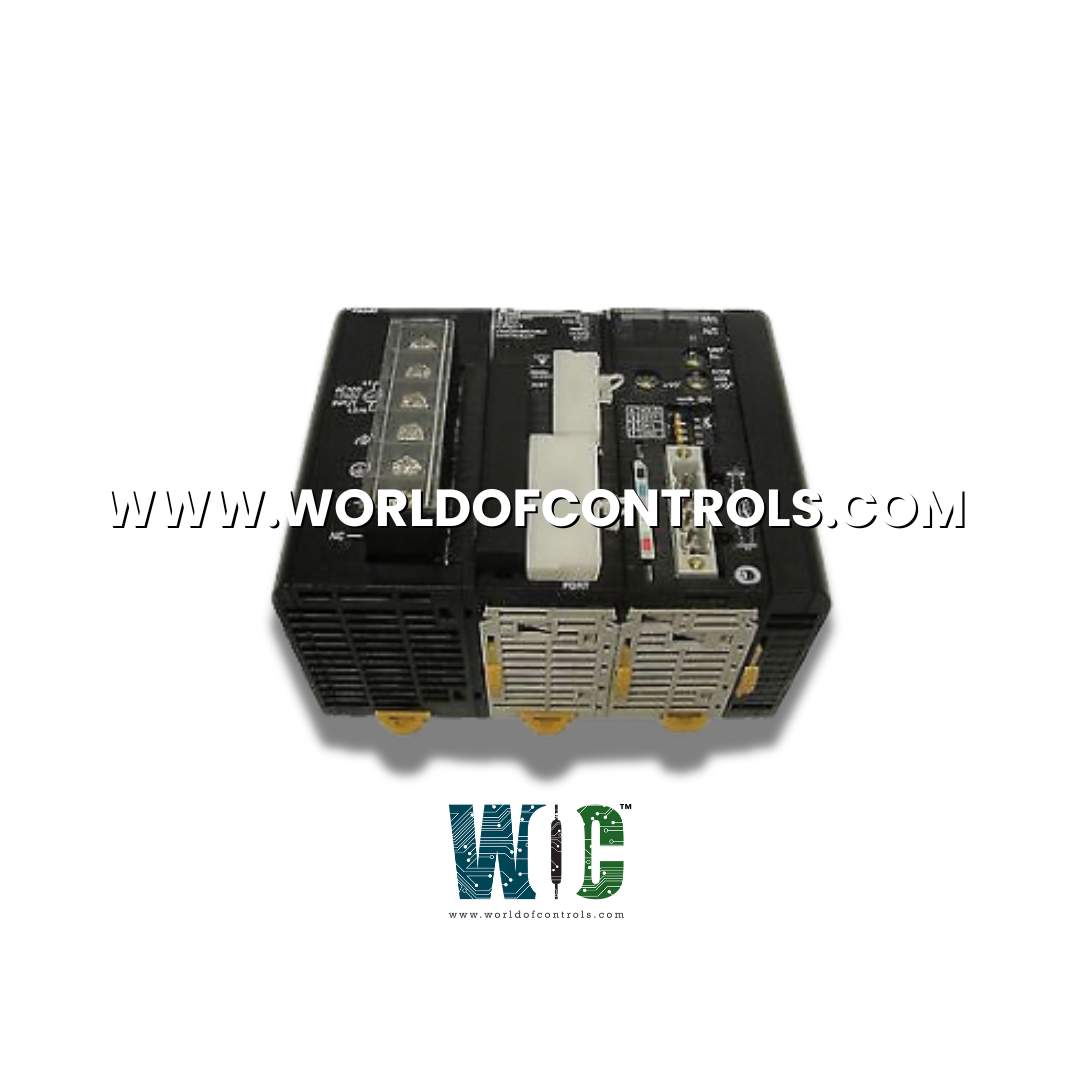
World Of Controls understands the criticality of your requirement and works towards reducing the lead time as much as possible.
IS210TTSAG1A - Trip Solenoid Interface Terminal Board is available in stock which ships the same day.
IS210TTSAG1A - Trip Solenoid Interface Terminal Board comes in UNUSED as well as REBUILT condition.
To avail our best deals for IS210TTSAG1A - Trip Solenoid Interface Terminal Board, contact us and we will get back to you within 24 hours.
SPECIFICATIONS:
Part Number: IS210TTSAG1A
Manufacturer: General Electric
Series: Mark VI
Board Type: Trip Solenoid Interface Terminal Board
Analog output current: 0-20 mA
Excitation voltage: 24 V dc
Maximum Lead Resistance: 15 Ohms
Processor: 32-bit digital signal processor
Analog output current: 0-20 mA
Maximum applied VDC: 145V
Operating temperature: 30 to 50 Deg C
Size: 17.8 cm high x 33.02 cm
Frequency: 50 or 60 Hz
Repair: 3-7 Days
Availability: In Stock
Weight: 2 lbs
Country of Origin: United States
Manual: GEH-6421H
FUNCTIONAL DESCRIPTION:
IS210TTSAG1A is a Trip Solenoid Interface Terminal Board manufactured and designed by General Electric as part of the Mark VI Series used in GE Speedtronic Gas Turbine Control Systems. The Trip Solenoid Interface Terminal board (TTSA) is designed to provide reliable control for trip solenoids by incorporating four sets of power resistors arranged to support bipolar current operation. This configuration ensures precise and stable actuation of solenoids under varying load conditions. All connections to the board are facilitated through pluggable barrier terminal strips, allowing for secure, organized, and easily maintainable wiring. The design emphasizes compactness without compromising functionality, making the TTSA a space -efficient solution for critical control applications.
The TTSA serves as the equivalent of the 194B5725 Servo Module, but in a smaller and more streamlined physical form factor. Its power ratings are engineered to handle high DC line voltages up to 145 V DC, even when the solenoids present zero impedance. This robustness ensures dependable performance under demanding operational conditions, making the TTSA a reliable choice for applications requiring consistent trip solenoid control and protection.